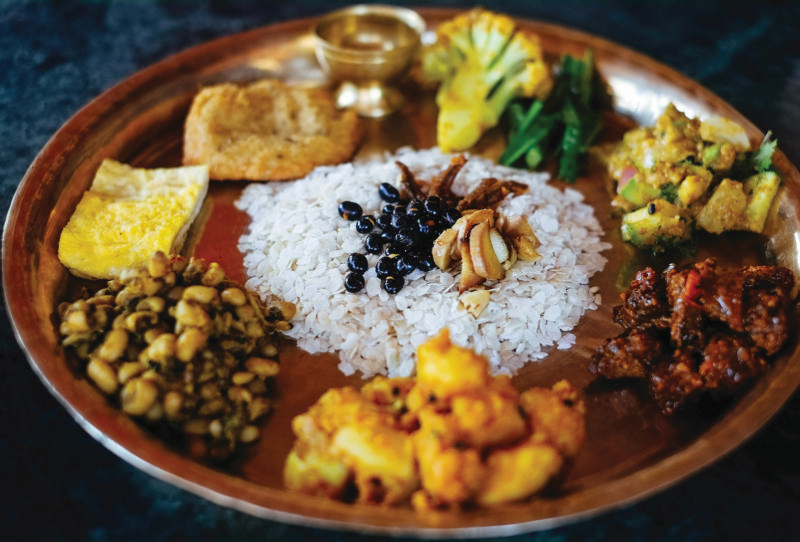Newari People
The Newari are the ancient residents of Nepal's Kathmandu Valley and adjacent territories, as well as the founders of the country's historic legacy and civilization. Newars are a linguistic and cultural community of mostly Indo-Aryan and Tibeto-Burman ethnicities who practise Hinduism and Buddhism and speak Nepalbhasa. Newars have created a complex urban civilization and division of labour not found elsewhere in the Himalayan foothills. Newars have maintained their age-old customs and rituals, and they are proud to be the genuine keepers of Nepal's religion, culture, and civilisation.
.jpg)
The Newars are well-known for their contributions to culture, art, and literature, as well as trade, agriculture, and food. According to the UNDP's annual Human Development Index, they are now the most economically, politically, and socially advanced community in Nepal. According to the 2011 census, they are the sixth-largest ethnicity/community in Nepal, with 1,321,933 Newars spread across the country.


The Newars' economy has been based on trade, industry, and agriculture. They are social groupings linked to hereditary professions that provide ceremonial and economic services. Merchants, artisans, artists, potters, weavers, dyers, farmers, and other castes all contributed to the development of a thriving economic system. Elaborate cultural practises that necessitated the usage of many products and services drove the economy as well. The Kathmandu Valley's towns and villages specialised in producing certain items, while the valley's fertile farmland created a surplus for export.
Language
"Nepal Bhasa" is categorised as a Sino-Tibetan language, although most of its grammar, words, and vocabulary are influenced by southern Indo-Aryan languages such as Sanskrit, Prakrit, and Maithili. A similar language and culture binds Newars together. Nepal Bhasa, or its linguistic predecessor, is their shared language. The government recognises the word Nepal Bhasa.
